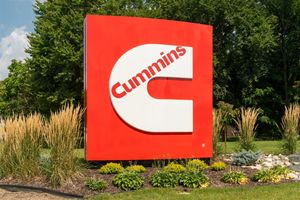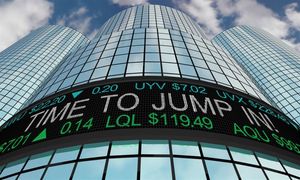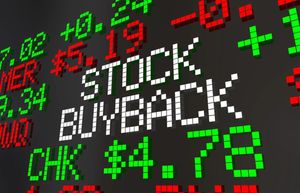
Over the past six months, Procter & Gamble’s shares (currently trading at $153.55) have posted a disappointing 8.3% loss, well below the S&P 500’s 5.3% gain. This may have investors wondering how to approach the situation.
Is now the time to buy Procter & Gamble, or should you be careful about including it in your portfolio? Dive into our full research report to see our analyst team’s opinion, it’s free.
Why Is Procter & Gamble Not Exciting?
Despite the more favorable entry price, we're sitting this one out for now. Here are three reasons why we avoid PG and a stock we'd rather own.
1. Sales Volumes Stall, Demand Waning
Revenue growth can be broken down into changes in price and volume (the number of units sold). While both are important, volume is the lifeblood of a successful staples business as there’s a ceiling to what consumers will pay for everyday goods; they can always trade down to non-branded products if the branded versions are too expensive.
Procter & Gamble’s quarterly sales volumes have, on average, stayed about the same over the last two years. This stability is normal because the quantity demanded for consumer staples products typically doesn’t see much volatility. 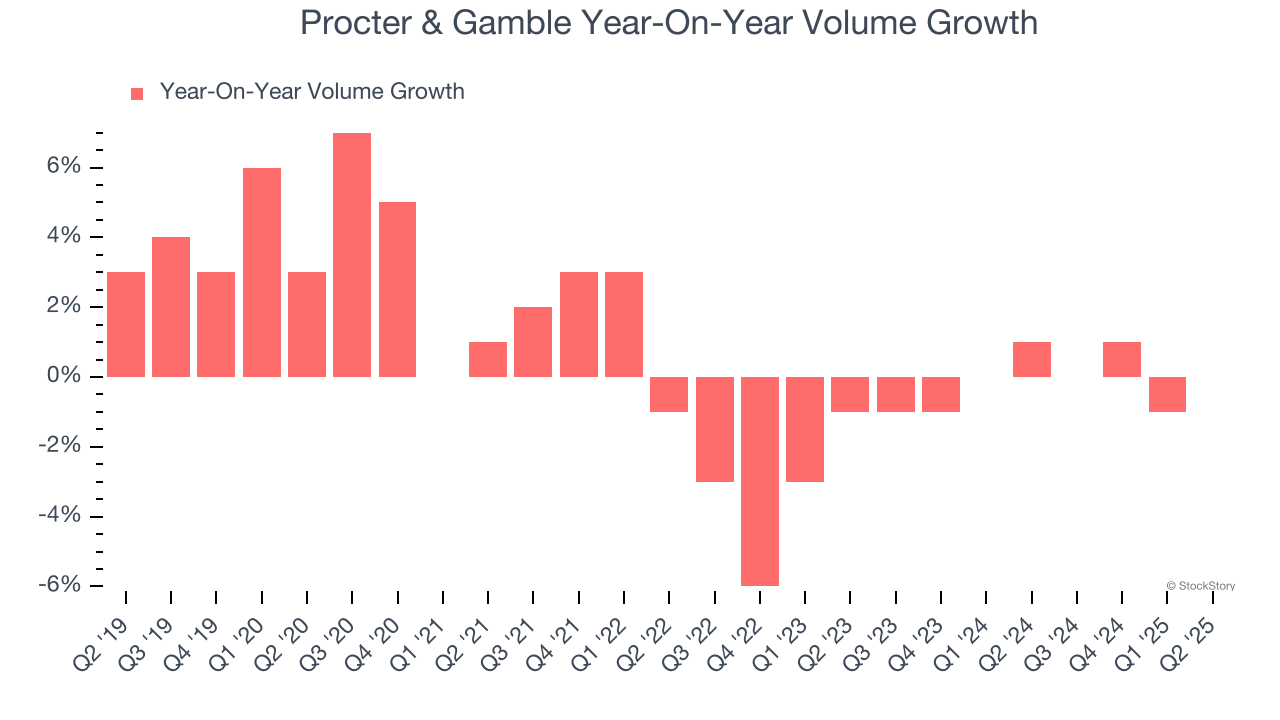
2. Projected Revenue Growth Is Slim
Forecasted revenues by Wall Street analysts signal a company’s potential. Predictions may not always be accurate, but accelerating growth typically boosts valuation multiples and stock prices while slowing growth does the opposite.
Over the next 12 months, sell-side analysts expect Procter & Gamble’s revenue to rise by 2.9%, close to This projection doesn't excite us and indicates its newer products will not lead to better top-line performance yet.
3. Free Cash Flow Margin Dropping
Free cash flow isn't a prominently featured metric in company financials and earnings releases, but we think it's telling because it accounts for all operating and capital expenses, making it tough to manipulate. Cash is king.
As you can see below, Procter & Gamble’s margin dropped by 3 percentage points over the last year. If its declines continue, it could signal increasing investment needs and capital intensity. Procter & Gamble’s free cash flow margin for the trailing 12 months was 16.7%.
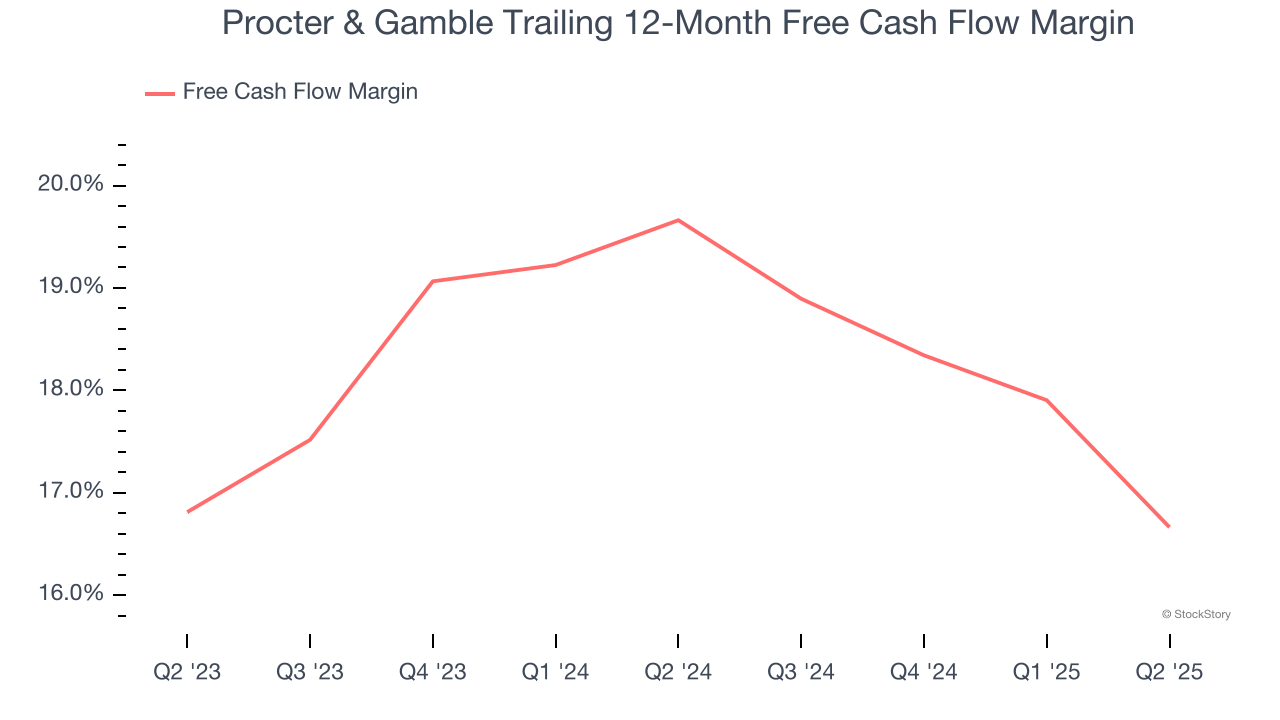
Final Judgment
Procter & Gamble isn’t a terrible business, but it isn’t one of our picks. After the recent drawdown, the stock trades at 21.9× forward P/E (or $153.55 per share). This multiple tells us a lot of good news is priced in - you can find more timely opportunities elsewhere. We’d recommend looking at one of Charlie Munger’s all-time favorite businesses.
Stocks We Would Buy Instead of Procter & Gamble
When Trump unveiled his aggressive tariff plan in April 2025, markets tanked as investors feared a full-blown trade war. But those who panicked and sold missed the subsequent rebound that’s already erased most losses.
Don’t let fear keep you from great opportunities and take a look at Top 5 Strong Momentum Stocks for this week. This is a curated list of our High Quality stocks that have generated a market-beating return of 183% over the last five years (as of March 31st 2025).
Stocks that made our list in 2020 include now familiar names such as Nvidia (+1,545% between March 2020 and March 2025) as well as under-the-radar businesses like the once-small-cap company Exlservice (+354% five-year return). Find your next big winner with StockStory today.
StockStory is growing and hiring equity analyst and marketing roles. Are you a 0 to 1 builder passionate about the markets and AI? See the open roles here.


